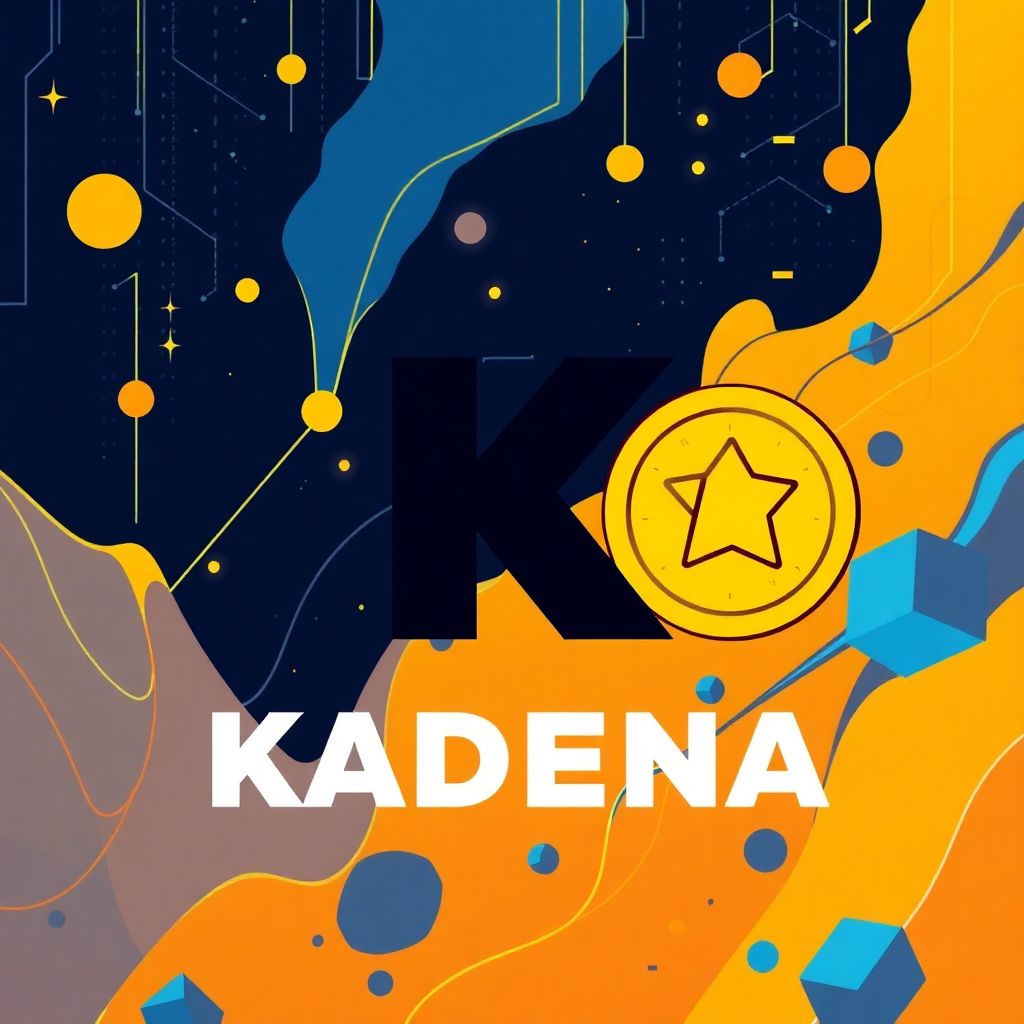Kadena has officially ceased its business operations, marking a major shift for the once-promising blockchain project. Despite the company’s closure, the Kadena blockchain will continue to function autonomously, powered by its proof-of-work consensus mechanism and maintained by its existing network of miners and protocol contributors.
The closure announcement sent shockwaves through the Kadena community. KDA, the native token of the platform, suffered a dramatic plunge in value, dropping by over 63% within 24 hours and trading at approximately $0.07616 at the time of reporting. Market sentiment quickly turned bearish, with a sharp series of consecutive red candles on the hourly chart reflecting a wave of sell-offs and heightened uncertainty.
In an official statement, Kadena confirmed it is “no longer able to continue business operations,” and has terminated all company activities, including active development and maintenance of its blockchain infrastructure. Nonetheless, the decentralized nature of the Kadena network means its blockchain remains operational. The chain will continue to process transactions, supported by miners and community developers who are expected to uphold the network’s functionality.
The future of KDA, Kadena’s native cryptocurrency, also remains intact—at least in terms of protocol mechanics. According to the latest token economic update, over 566 million KDA tokens are yet to be distributed as mining incentives. These rewards are scheduled to continue through to the year 2139, ensuring a long-term token emission model. Additionally, another 83.7 million KDA tokens are set to be released from lockup by November 2029, adding to the circulating supply over time.
Founded in 2019 by blockchain technologists Stuart Popejoy and William Martino—both of whom previously worked on early blockchain initiatives at JPMorgan and the U.S. Securities and Exchange Commission—Kadena aimed to offer a scalable proof-of-work alternative to Ethereum and other smart contract platforms. The team secured $15 million in funding across several investment rounds and positioned itself as a high-performance blockchain suitable for enterprise-grade decentralized applications.
Despite its strong technical foundation and reputable leadership, Kadena struggled to gain lasting traction in a highly competitive market. In 2023, the company undertook a hiring initiative aimed at increasing developer engagement and accelerating growth. However, these efforts ultimately fell short, and the project was unable to sustain momentum amid challenging macroeconomic conditions and declining investor confidence.
While Kadena’s shutdown is a significant event, it reflects a broader trend in the crypto space where even well-funded and visionary projects can falter under market pressure and operational challenges. The project’s decentralized architecture, however, offers a silver lining. Much like Bitcoin and other proof-of-work networks, Kadena’s blockchain does not rely on a central authority to remain functional. As long as there are miners willing to validate transactions, the network can survive, albeit with potentially reduced activity and innovation.
What does this mean for KDA holders? In the absence of an active development team, KDA becomes a purely speculative asset, heavily reliant on community support and market sentiment. The lack of ongoing development could hinder future upgrades, integrations, or partnerships, thereby limiting the token’s utility and appeal. However, for miners and long-term supporters, there remains a possibility that the community could take over development initiatives in a decentralized fashion, though such efforts would face significant hurdles.
The fate of Kadena also raises questions about the sustainability of proof-of-work blockchains that aim to scale while competing with more energy-efficient proof-of-stake models. Kadena once promised to combine the security of PoW with the scalability needed for modern applications through its unique multi-chain architecture. But without a central team to drive innovation and business development, the realization of that vision is now uncertain.
In light of these developments, prospective and current investors should exercise caution. The shutdown of Kadena’s core operations removes a significant layer of institutional support and roadmap clarity, making KDA a high-risk asset going forward. While the blockchain remains operational, its future now heavily depends on community-driven efforts and the continued participation of miners.
For those still holding KDA or considering mining it, it’s crucial to monitor network activity, hashrate trends, and any signs of grassroots development. If the community can organize around a shared vision for Kadena’s future, there may still be potential for revival. Otherwise, the chain risks slowly fading into obscurity, joining the ranks of abandoned blockchains kept alive only by minimal participation.
In conclusion, Kadena’s shutdown marks a turning point not only for the project but also for the broader crypto ecosystem. It serves as a stark reminder that innovation, funding, and even institutional pedigree are not always enough to guarantee long-term success. As the crypto industry matures, sustainability, adaptability, and active community engagement are proving to be the most critical factors in a project’s survival.

